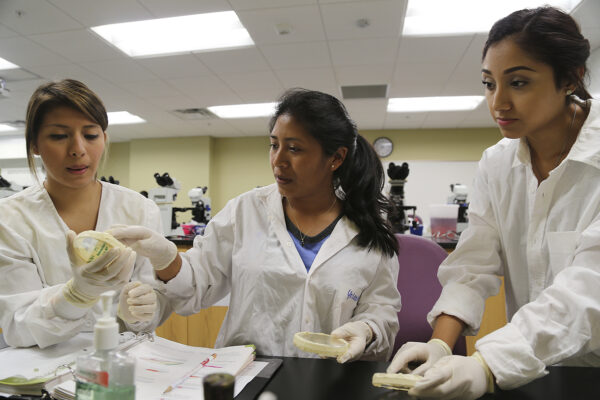New Report Finds Students May Not View ‘Test Optional’ as Optional
Title Name: Applying to college in a test-optional admissions landscape: trends from Common App data
Author(s): Mark Freeman, Preston Magouirk, and Trent Kajikawa
Source: Common Application
Challenges related to the COVID-19 pandemic prompted many colleges and universities to adopt test-optional policies during the 2020-21 application season. In a recent report, the Common App studied applicant behaviors during a test-optional era as access to testing sites, high schools in remote instruction, and financial uncertainty colored the experience of students applying during 2020-21.
This report highlighted the shift in test score reporting rates and the variance across communities and student subgroups. As some colleges and universities consider permanent test-optional practices, the report closes with considerations for institutions contemplating a test-optional admissions policy.
The findings of this report are summarized below:
1. The rate of students reporting test scores for Common App institutions fluctuated from 73 percent to 77 percent across 2018-19 and 2019-20, respectively, falling to only 43 percent in 2020-21 as many test-optional policies were implemented. In the 2020-21 application cycle, almost 90 percent of Common App institutions offered test-optional policies.
2. Test score reporting rates varied across geographic location and household income levels. Students in the Southeast and Midwest were more likely to report scores even when optional, while students in the Northeast and Northwest were less likely. When connecting application data to median household income by ZIP code, students in the lowest quintile of median household income distribution were least likely to report scores. The authors noted that nearly 60 percent of Common App applications came from ZIP codes in the top 20 percent of median household incomes.
3. Student demographic attributes influenced test reporting rates. First-generation and underrepresented minority (URM) students were less likely to report scores as compared to their non-first generation and non-URM peers.
4. The decision to report scores varied across applications to specific institutions. Data indicated that 57 percent of applicants sent test scores to accompany certain applications, but not all. This rose from 23 percent in 2019-20. Only 19 percent of applicants reported test scores for all applications, falling from 73 percent in 2019-20.
5. Overall, students who reported test scores sent them to institutions classified as “more selective.” This finding highlights the pressure that many students may feel to report test scores to supplement their application materials even in a test-optional environment.
Moving forward, the authors encourage colleges and universities to balance the information received from an applicant’s test scores against the barriers to standardized admissions testing when contemplating admissions policies.
To read the full report, please click here.
—Ben Cecil
If you have any questions or comments about this blog post, please contact us.


